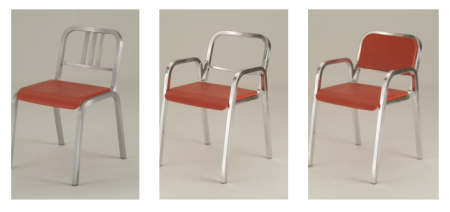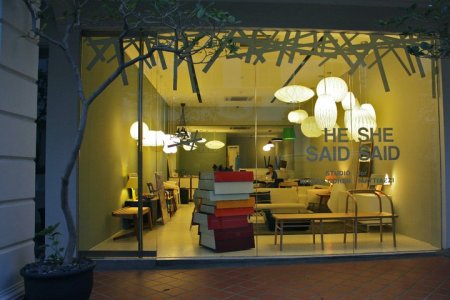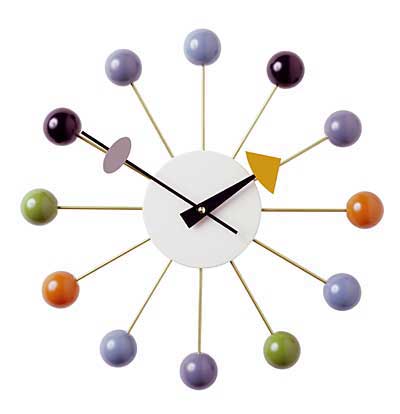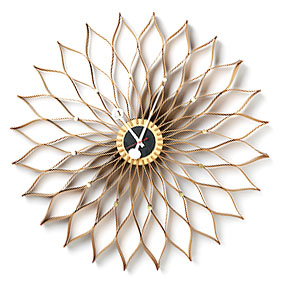(Update: Space at Millennia Walk, is now the Emeco distributor in Singapore.)
Emeco, unveiled the “Nine-0”, a new collection of chairs and stools by the Italian designer Ettore Sottsass on 16 April, at the 2008 Salone Internazionale del Mobile.

I love how the arms on the armchair are formed by the extension of the leg piece. A simple, elegant solution.

Three versions of the chair/stool are available. (From left to right) 3-Bar Back (shown without arms), Open Back, and Soft Back.
From the press release:
Gregg Buchbinder, Emeco’s Chariman, met Mr. Sotsass eight years ago at the Chicago Museum of Contemporary Art. “The minute we met, Ettore told me he was an admirer of the Navy chair and in fact wished he had designed it. And we agreed, why not re-design it,” remembers Mr. Buchbinder. “I had seen Sottsass’ projects in which he had used our chair. Ettore was the first designer who took our chairs out of their typical environments—navy ships prisons, hospitals—and to use them in contemporary interior design projects. Through him Sir Terence Conran, Frank Gehry and Philippe Starck discovered the Emeco chair creating resurgence in the 1990’s.”
“A chair must be really important as an object, because my mother always told me to offer my chair to a lady,” Mr. Sottsass told the Cooper-Hewitt National Design Museum in 1976.
Chris Redfern, the British architect who worked alongside Mr. Sottsass for the past 12 years recalls, “Ettore always had orange cushions fixed onto his navy chairs at home in Milan and our idea started there. We wanted to make the new chair soft, friendly and of course colorful.” Mixing Emeco’s expertise in aluminium construction with European technologies in polyurethane sculpting, the new designs feature a soft polyurethane seat and a wider base for a “growing population.”

A bit on Mr Sottsass:
Ettore Sottsass was born in 1917 in Innsbruck. Like his father, Mr. Sottsass studied architecture. He served in the Italian army, and after the war, established a practice in Turin, designing interiors, and domestic objects. He later moved to Milan as Italy embarked on post war reconstruction and collaborated with his father on social housing projects, as well as designing small craftsman-made domestic objects.
Mr. Sottsass spent a brief period in America, working for George Nelson, which gave his work a transatlantic dimension unusual in Italy.
In 1981, he helped establish the Memphis movement with a group of like minded designers who questioned the comfortable definitions of contemporary design. Memphis represented the most coherent attempt to apply post modernism to design. It created an alternative to the aesthetic of functionalism by exploring the emotional potential of design.
At the same time that Memphis exploded, Mr. Sottsass’ partnership, Sottsass Associati expanded rapidly to become Italy’s best-known design consultancy, working in architecture, graphics, interiors, products, and furniture all around the world.
These are the last chairs designed by Mr. Sottsass, who died on December 31, 2007 at the age of 90.
“LA BELLEZZA CI SALVERRÀ.” (BEAUTY WILL SAVE US.)
ETTORE SOTTSASS

Seats: Integrally-coloured, soft polyurethane seat and back.
Colours available: green, blue, yellow, orange, red, and grey.




















